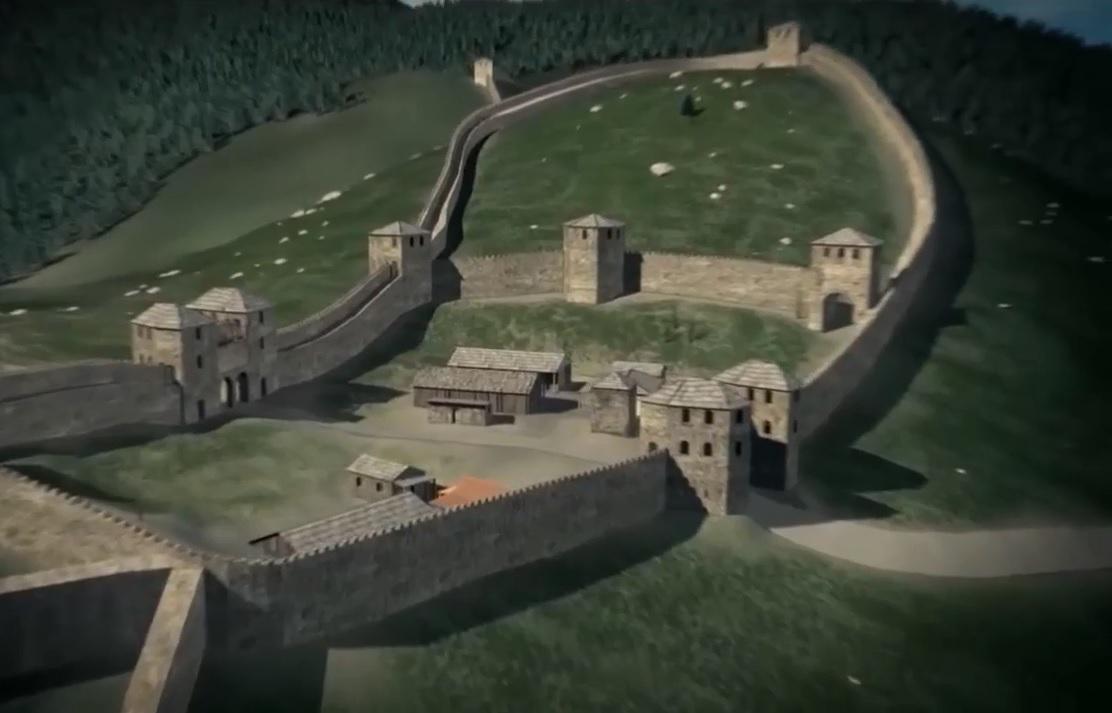
Archaeologists are now exploring sections of the Late-Roman defence system, which perfectly exploited the natural terrain elevation, in Prezid on Babno field and in the village called Benete in Bloke. We went to Benete to see the archaeological site.
When the enemy army entered the Roman empire in the third century, the Roman emperors decided to protect the empire within the country. They built a 130 kilometers long defence system, which protected the heart of the Roman empire from the invasion of the foreigners. The individual defences, which were several kilometres long, controlled the transport as well.
The border between Notranjska and Dolenjska
“We are here on the Roman defensive wall system, which measured at least 600 meters in this area and had at least three defensive towers, which were placed in a strategic position in order to protect the Roman road from Ribnica towards Bloška plateau to Loška Valley,” said Maja Lavrič from the Preventive archaeology centre.
Today the border between Notranjaska and Dolenjska continues along the Antique defensive wall path in Benete. The conservator will have a lot of work to do after the archaeological excavations. “They will fortify the 1700-year-old walls, which are in a very bad condition. The tower has been already dug up in the 1970s, which means it has been exposed to the extreme weather,” said Katharina Zanier from The Institute for the Protection of Cultural Heritage of Slovenia.
Unexploited tourism potential?
Slovene and Croatian partners wish to regulate and popularize the so far overlooked remains of the defence system as a first-rate heritage. It has a great potential for cultural and green tourism. It could become an attractive archaeological monument, such as the famous Hadrian’s wall in Great Britain.

































































